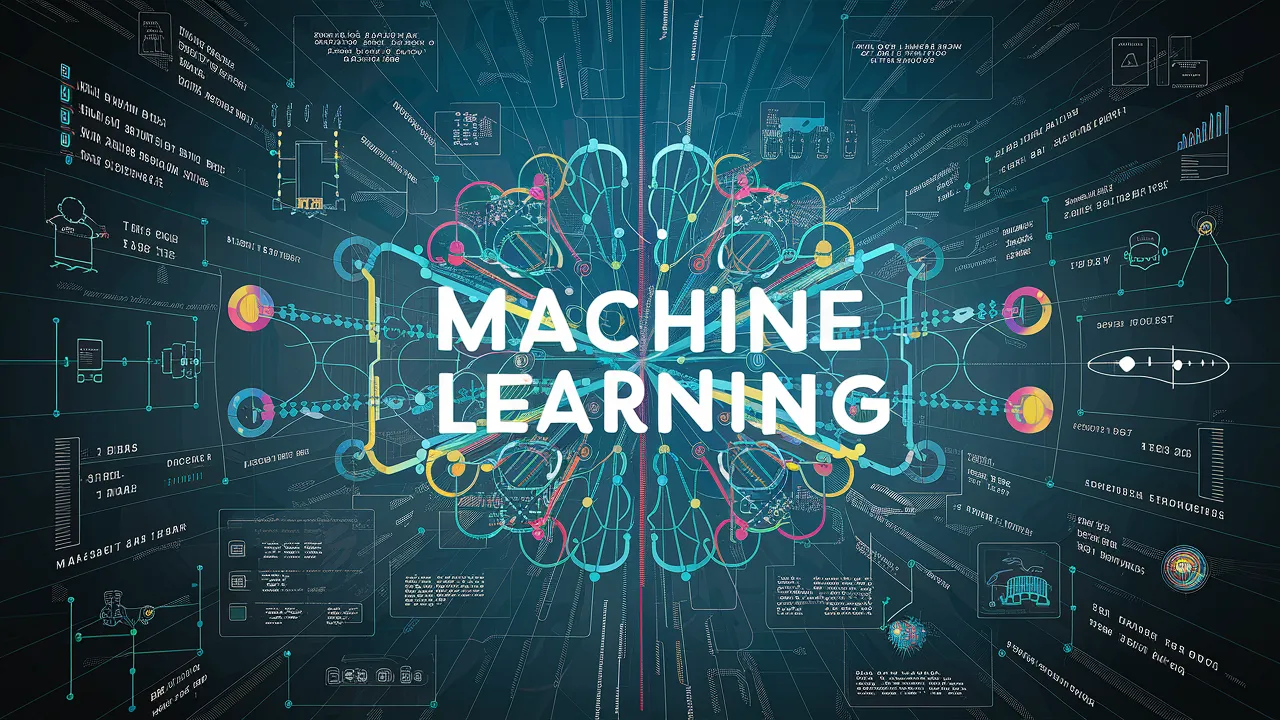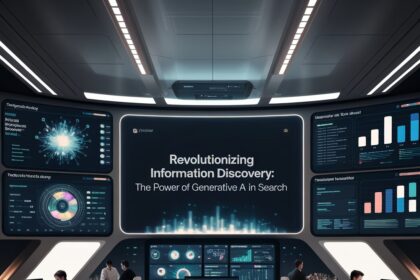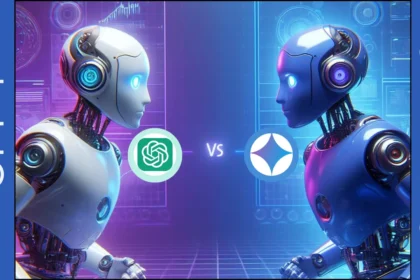This article aims to introduce how understanding machine learning from theory to algorithmic paradigms it offers, in a principled way.
Introduction
One term that has become significant in the constantly changing panorama of technology is “Machine Learning” (ML). In a world ruled by the digital era, it is essential to understand machine learning from theory to algorithms. This article will clarify the mysteries behind machine learning, from its wellspring of theory to applications with algorithms. In machine learning, from theory to algorithm, prompt engineering is essential as it bridges the gap by refining inputs to guide model outputs effectively.
1. The Basics of Machine Learning
Machine learning is a type of artificial intelligence that tries to make computers learn from data. Unlike regular programming in which explicit instructions are provided, machine learning trains computers to learn patterns and make predictions or decisions based on data available. There are three main types of machine learning namely supervised, unsupervised, and Reinforcement.
Supervised Learning
In supervised learning, the algorithm is taught a labeled dataset meaning that input data comes along with its related output labels. Thus, the algorithm should be able to learn this mapping between inputs and outputs to make correct predictions about new unseen data.
For instance, a model may be trained on an email dataset that is labeled either spam or not while using supervised learning. The model can predict if a new, unseen email is likely to be spam or not after learning from these labeled examples.
Unsupervised Learning
Unsupervised learning involves the use of unlabeled data. The algorithm searches the natural patterns in the data without being told what to look for specifically. One common task in unsupervised learning is extent reduction.
Consider a dataset of customer purchase histories without any labels. Natural groupings or patterns in the data might be determined by unsupervised learning algorithms, and it would allow identifying customer segments that have similar purchasing behaviors.
Reinforcement Learning
Reinforcement learning refers to training an agent in the decision-making process within an environment. The agent is provided with feedback in terms of rewards or punishments which help it to make better decisions over time.
Reinforcement learning involves teaching a computer program to play a game. The program acts in the game environment and sends positive rewards for good moves and negative boycotts related to dishonorable behavior. The program through trial and error learns to make decisions that maximize its total rewards.
2. Key Concepts in Machine Learning Theory
To truly understand machine learning, certain key concepts form the foundation of its theoretical framework:
Feature Engineering
Features are the independent variables used as input in a machine-learning model to make predictions. Feature engineering consists of choosing, modifying, or creating new features to improve the model’s performance. A good set of features can dramatically affect the success score of a machine learning model.
For instance, the image recognition process may involve pixel values, color distributions, or edge information among others. With feature engineering, the model can focus on the significant parts of data and thus improve its capacity to generalize onto new instances.
Bias and Variance
Machine learning involves a delicate balance between Bias and friction. Bias is an error in modeling that stems from oversimplifying a real-world problem while variance quantifies how much the model changes with minor alterations to our training data. For a model to generalize well on unseen data, it must attain an optimal balance.
Suppose you have a trained model able to distinguish faces in images. If the model is oversimplified (high bias), it can be too minimal in capturing such diversity of facial features. If, on the other hand, it is too complicated (high variance), then there may be overfitting to the training data with poor performance on new unseen faces.
Overfitting and Underfitting
On the contrary, underfitting occurs when a model is too simple to describe the patterns in the data. A good model must strike the right balance. A polynomial of a high degree could perfectly suit the training data but fail to generalize new cases. Then a too-simple linear model could underfit i.e., by missing out on important patterns in the data.
3. Algorithms in Action
Now that we’ve delved into the theory, let’s explore some fundamental machine-learning algorithms:
Linear Regression
Linear regression is a simple algorithm used to predict continuous outcomes depending on one or more input features. It builds a linear relationship between the input variables and the target variable.
In essence, linear regression fits a line to the data to predict prices of houses for new cases related to features such as square footage and number of bedrooms.
Decision Trees
Decision trees are highly flexible algorithms that can be utilized for classification and regression problems. They operate based on an array of if-else conditions that resemble a tree.
In a decision tree for animal classification, each node could be the question (like “Does your pet have fur?”). The branches to further questions until a final decision (classification) is made.
Support Vector Machines (SVM)
SVM is a strong classification and regression algorithm. It works by identifying the hyperplane that best divides different classes within the feature space.
For instance, the SVM in a binary classification problem of distinguishing between cats and dogs based on features such as weight.
K-Nearest Neighbors (KNN)
KNN is a simple but effective algorithm that can be used for classification and regression. It predicts by the majority class or average of k nearest data points.
In a situation where each data point is for a customer with attributes such as age and spending patterns, KNN theory forecasts new clients’ behavior through the profiles of their nearest neighbors in feature space.
4. Practical Applications
Machine learning technologies are used in many fields, changing the nature of industries and improving decision-making. Some notable applications include:
Healthcare
Machine learning assists in disease diagnosis, personalized treatment plans, and drug discovery. It examines large volumes of medical information to find patterns and make predictions.
For instance, machine learning models can process medical imaging data for identifying abnormalities and underlying risks of diseases as well as create individual treatment recommendations based on patients’ specific information.
Finance
In finance, machine learning is used in such areas as fraud detection risk assessment, and algorithmic trading. Predictive models analyze market trends and financial data to guide investment decisions.
Fraud detection algorithms can process transaction data to detect abnormal patterns that could signal fraudulent activity, while machine learning models can predict stock prices and optimize trading strategies by leveraging historical market information.
Natural Language Processing (NLP)
NLP is an approach that lets computers understand, interpret, and create human language. These include translation of language, sentiment analysis, and chatbots.
NLP technology is used in software like voice assistants including Siri and Google Assistant to understand users’ queries, and provide answers or responses based on them; sentiment analysis algorithms can analyze social media posts related to certain subjects to know how the public feels about a particular topic.
Image and Speech Recognition
Machine learning algorithms that power image recognition systems allow computers to identify objects and patterns in images. Machine learning also powers speech recognition technology like virtual assistants.
Security systems and social media platforms use machine learning-based facial recognition technology to recognize people based on their features of the face. For example, machine learning is used for converting spoken language into text using speech recognition systems like voice-activated devices.
Conclusion
It can offer unlimited numbers and types of opportunities for innovation at all levels from the beginner to enthusiast into this intriguing world of machine learning. As we evolve toward the future, what was formerly a path from theory to algorithms will now become our guide as regards releasing machine learning’s true potential.












